Cutting-Edge Solutions
Lorem ipsum dolor sit amet consectetur adipiscing eli
mattis sit phasellus mollis sit aliquam sit nullam.
Import and Export
Vase is one of the finest export and import companies in Canada. We deliver Canadian products and services across the globe. We have an extensive network of supplier and customer partners in North & South America and Asia. We understand the customer requirements and provide quality products at a competitive price. We maintain our tradition of excellence in our business.
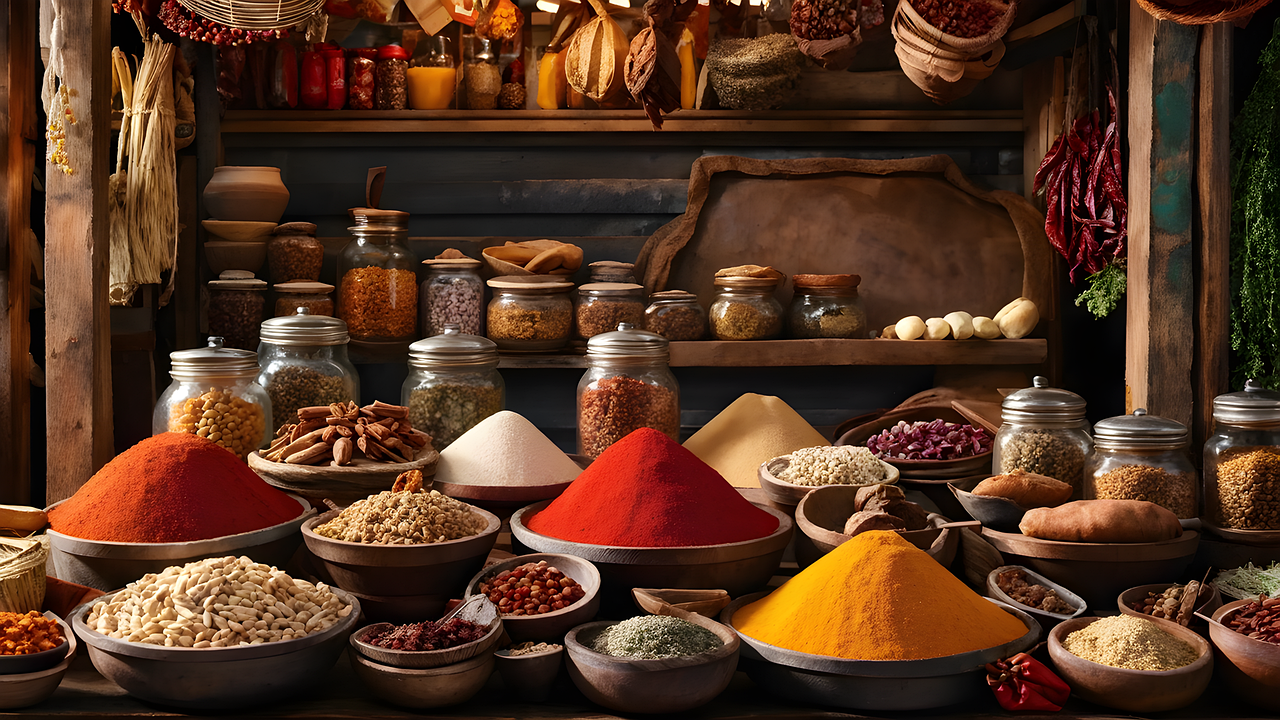
Black Pepper ,Red Chillie , Red Chilli powder ,Turmeric
,Turmeric Powder ,Cardamom , Clove, Cinnamon, Coriander, Cumin, Bay Leaf, Garam
Masala Powder.




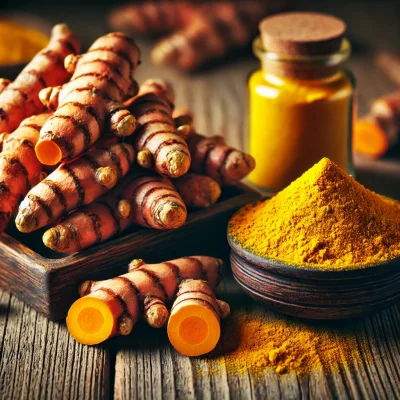





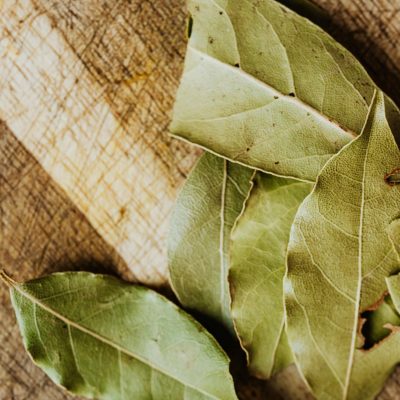

Spices & Flower essences.
Canadian Pulses: Green ,Red, Yellow lentils, Beans, Peas,
Soybeans, Chickpeas.
Canadian Grains: Wheat, Barley, Canola, Corn, Sona masoori
rice, Basmati rice.
Spices are aromatic substances derived from
plants, primarily used for flavoring, coloring, and preserving food. They come
from various parts of the plant, including seeds, bark, roots, and fruits. In
addition to their culinary uses, many spices also have medicinal properties and
historical significance. Here are some

Pepper:
- Black pepper, often referred to as the “king of spices,” is made from dried, unripe berries of the Piper nigrum plant. It adds a sharp, spicy flavor and is widely used in global cuisine.
- White and green pepper come from the same plant but differ in processing. Black pepper is known for stimulating digestion and improving nutrient absorption
Cinnamon:
- This warm, sweet spice comes from the inner bark of trees in the Cinnamomum genus. Cinnamon is popular in both sweet and savory dishes and has health benefits, including anti-inflammatory properties and blood sugar regulation


Turmeric:
- Known for its bright yellow color, turmeric comes from the root of the Curcuma longa plant. It’s commonly used in South Asian cuisine and has strong anti-inflammatory and antioxidant properties, thanks to the compound curcumin
Ginger:
- Ginger root adds a warm, peppery flavor with slight sweetness and is used fresh, dried, or powdered. It’s popular in Asian cuisine and is well-known for its anti-nausea and anti-inflammatory properties.

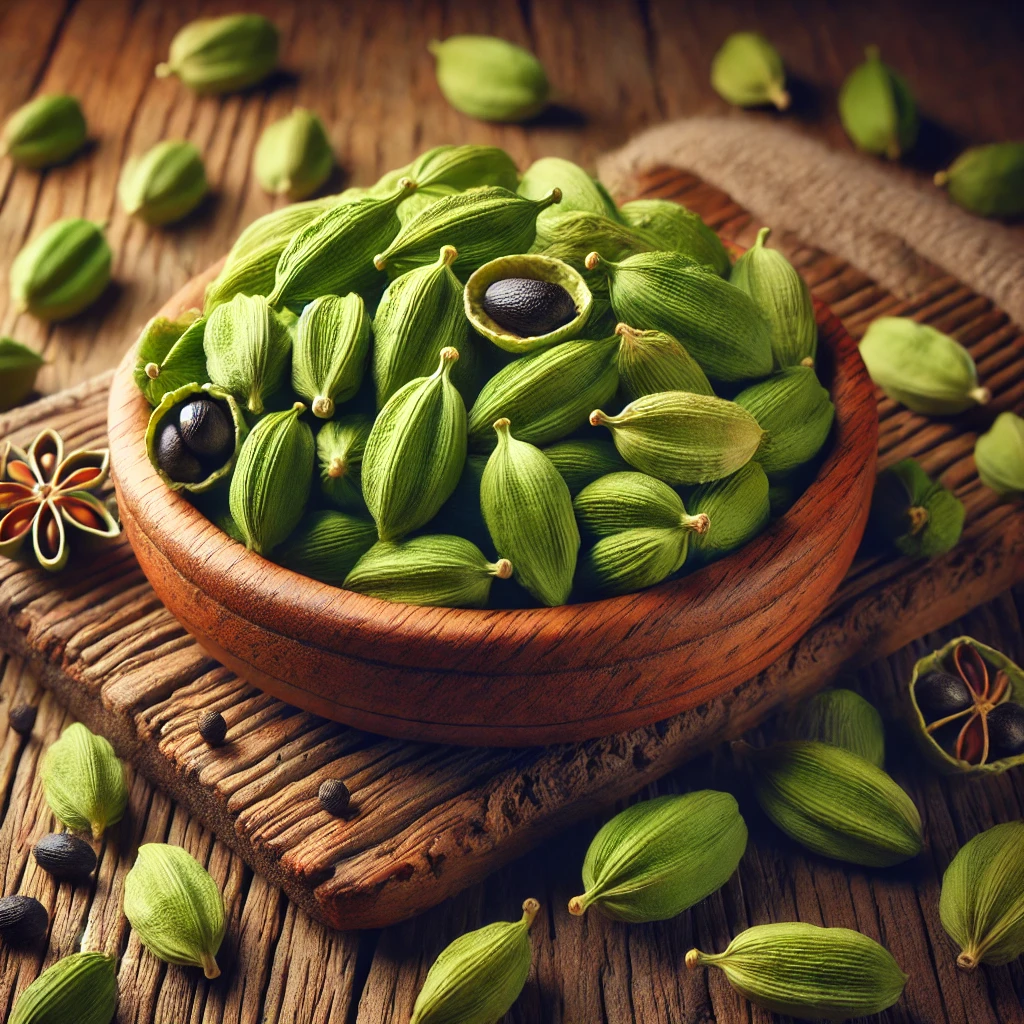
Cardamom:
- Often called the “queen of spices,” cardamom has a strong, unique flavor and aroma that’s slightly sweet and floral. It’s frequently used in both Indian and Middle Eastern cuisines and is prized for its digestive benefits
Cloves:
- Cloves are the dried flower buds of the Syzygium aromaticum tree. They have a warm, sweet, and slightly bitter flavor, used in various cuisines for their aromatic qualities and are also known for their analgesic and antiseptic properties.


Saffron:
- This expensive spice, derived from the Crocus sativus flower, imparts a distinctive yellow color and slightly floral flavor. It’s used in dishes like paella and risotto and is prized for its potential to enhance mood and relieve anxiety.
Cumin:
- Cumin seeds have a warm, earthy flavor, commonly used in Middle Eastern, Indian, and Mexican cuisines. This spice aids digestion and has antioxidant benefits.


Nutmeg and Mace:
- Nutmeg is the seed of the Myristica fragrans tree, while mace is the outer covering. Both have warm, sweet flavors, often used in baked goods and savory dishes. Nutmeg is known to have mild sedative and digestive properties.
Paprika:
- Made from ground red peppers, paprika can range from sweet to hot, depending on the variety of pepper used. It’s a staple in Hungarian and Spanish dishes and adds vibrant color and a subtle, sweet flavor


Coriander :
- Coriander is a versatile herb and spice used widely in cooking. Its fresh leaves add a citrusy flavor to salads, chutneys, and garnishes, while the seeds are ground or used whole to enhance curries, soups, and marinades. It is also known for its digestive and antioxidant properties.
Bay Leaf :
- Bay leaves are aromatic herbs commonly used in Indian, Mediterranean, and European cuisines. They add a subtle, earthy flavor to soups, stews, and curries. Apart from enhancing taste, they are known for their digestive and anti-inflammatory properties.

Garam Masala

Spices Health And Benefits
These spices not only add flavor and color but also offer various health benefits and have cultural and historical importance worldwide. They play a significant role in enhancing taste and can also be used medicinally for their numerous health-promoting properties.
Agricultural seeds are the foundation of farming and food production, supplying the starting point for crops that feed both humans and animals. These seeds come in various types, each tailored for different crops, soil types, climates, and purposes. Here’s an overview of the main categories of agricultural seeds and their roles:

Cereal and Grain Seeds:
- Examples: Wheat, rice, corn (maize), barley, oats, millet, and sorghum.
- Uses: These are staple foods globally and provide a significant portion of the daily calories for many people. They’re also key in animal feed.
- Characteristics: Most grain crops have been selectively bred to improve yields, disease resistance, and adaptability to various climates.
Pulses and Legume Seeds:
- Examples: Soybeans, lentils, chickpeas, beans (e.g., kidney, black, and navy beans), peas.
- Uses: Known for their high protein content, these are crucial in diets worldwide, especially as a plant-based protein source. They also improve soil health by fixing nitrogen.
- Characteristics: These seeds are often valued for their ability to improve soil fertility, making them a common choice in crop rotations.


Oilseeds:
- Examples: Canola, sunflower, flaxseed, soybean, sesame, and cottonseed.
- Uses: Oilseeds are cultivated mainly for their oil, which is used in cooking, food processing, and sometimes in industrial applications. The leftover meal is used as animal feed.
- Characteristics: Many oilseed varieties have been developed to increase oil content and reduce unhealthy fats. Soybeans, for instance, are widely cultivated for both oil and protein meal.
Forage and Pasture Seeds:
- Examples: Alfalfa, clover, ryegrass, and fescue.
- Uses: Primarily used to produce animal fodder, either through grazing or harvesting as hay or silage.
- Characteristics: These plants are often resilient, designed to grow in various soil types and climates, providing high protein for livestock and contributing to soil health.


Vegetable Seeds:
- Examples: Seeds for tomatoes, lettuce, carrots, peppers, onions, and cucumbers.
- Uses: Widely used in commercial and home gardening to grow fresh produce.
- Characteristics: Many vegetable seeds are hybrids, selectively bred to improve traits like taste, shelf life, resistance to pests, and disease.
Fruit Seeds:
- Examples: Seeds for apples, oranges, grapes, strawberries, and melons.
- Uses: Fruit seeds lead to crops grown for fresh produce, juices, and processed foods.
- Characteristics: These seeds often require specialized growth conditions, such as specific temperatures or soil types, and are often grafted or cloned rather than grown from seed to ensure consistency.

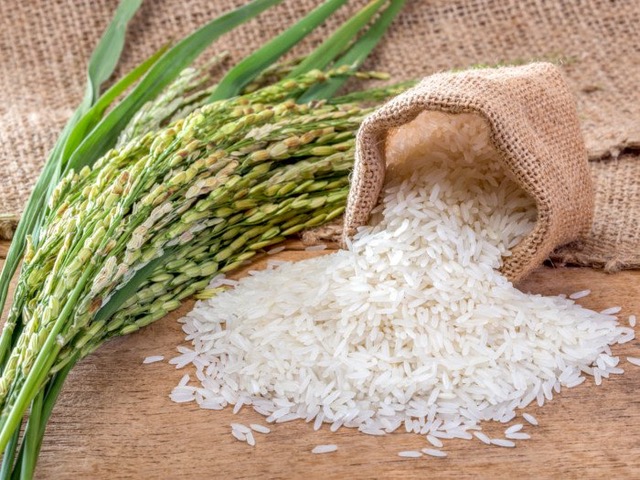
Fiber Crop Seeds:
- Examples: Cotton, hemp, flax, and jute.
- Uses: Grown for their fibers, which are used in textiles, ropes, and other materials.
- Characteristics: These seeds are generally selected for fiber length, strength, and resistance to environmental stresses.
Cover Crop Seeds:
- Examples: Clover, vetch, radish, and winter rye.
- Uses: Cover crops are planted to protect and enrich soil, prevent erosion, suppress weeds, and improve soil fertility through nitrogen fixation.
- Characteristics: These seeds are often fast-growing and are incorporated into crop rotation plans to maintain soil health.


Hybrid and Genetically Modified (GM) Seeds:
- Hybrid Seeds: Created by cross-breeding plants to improve traits like yield, pest resistance, and adaptability.
- GM Seeds: Genetically engineered to introduce specific traits, such as herbicide tolerance or insect resistance (e.g., Bt corn).
- Controversy and Benefits: Hybrid and GM seeds can increase productivity and reduce pesticide use, but they’re also debated over ecological and health impacts.
Specialty and Heirloom Seeds:
- Heirloom Seeds: Open-pollinated and preserved for generations, heirloom seeds are known for flavor, color, and historical significance.
- Specialty Seeds: Unique varieties bred or preserved for particular qualities, such as unusual flavors or colors, often for niche markets.
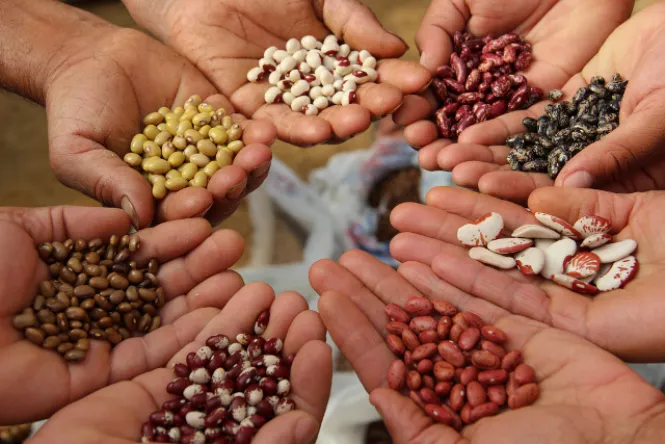
Each type of agricultural seed plays a critical role in food systems, biodiversity, and sustainability. Advances in seed technology and breeding help improve yields and disease resistance while contributing to environmental sustainability.
Spice code list:
"Spice codes" typically refer to codes used for categorizing and identifying different spices, herbs, and seasonings in databases, food production, supply chain management, and retail. Here are some contexts in which spice codes are used:
UNSPSC (United Nations Standard Products and Services Code):
This is a classification system widely used in global commerce for various goods and services, including spices. UNSPSC codes for spices fall under the larger food product category. Here are a few examples:
- 12164600: Spice and Extracts
- 12164601: Salt and Seasoning Salt
- 12164602: Black Pepper
- 12164603: Chili Powder


PLU Codes (Price Look-Up Codes):
PLU codes are commonly used in grocery stores to identify produce items, including fresh spices and herbs.
- 4896: Basil
- 4897: Dill
- 4904: Mint
- 4909: Thyme
HS (Harmonized System) Codes:
These are international product classification codes used in import/export documentation.
- 0904.11: Pepper (Black or White)
- 0908.10: Nutmeg
- 0909.20: Coriander Seeds
- 0910.10: Ginger


Internal Codes by Spice Suppliers and Retailers:
- Many large spice manufacturers and retailers (like McCormick, Spice House, and Sysco) use their proprietary SKU or item codes to manage inventory. These codes vary by company and are used for tracking and logistics purposes in warehouses and stores.
ISO 676 Standards for Spices:
- The International Organization for Standardization (ISO) has set specific numbers for various spices in the ISO 676 standards list. Each spice is assigned a specific ISO number.
- ISO 5567: Turmeric
- ISO 6577: Cinnamon
- ISO 5564: Ginger
- ISO 6754: Cumin
Each of these coding systems serves a unique purpose depending on the industry—UNSPSC and HS codes for international trade, PLU codes for retail, and ISO standards for quality and identification purposes in manufacturing and food safety.

Wood logs, Lumber, Timber.
Wood logs are raw or partially processed pieces of timber that are typically cylindrical in shape, derived from trees. They are used in various industries and applications, including construction, furniture manufacturing, paper production, fuel, and decorative purposes. Here's an overview of wood logs and their classification:
Types of Wood Logs
Hardwood Logs:
- Derived from deciduous trees like oak, maple, mahogany, and teak.
- Commonly used in high-end furniture, flooring, and construction due to their durability and attractive grain patterns.
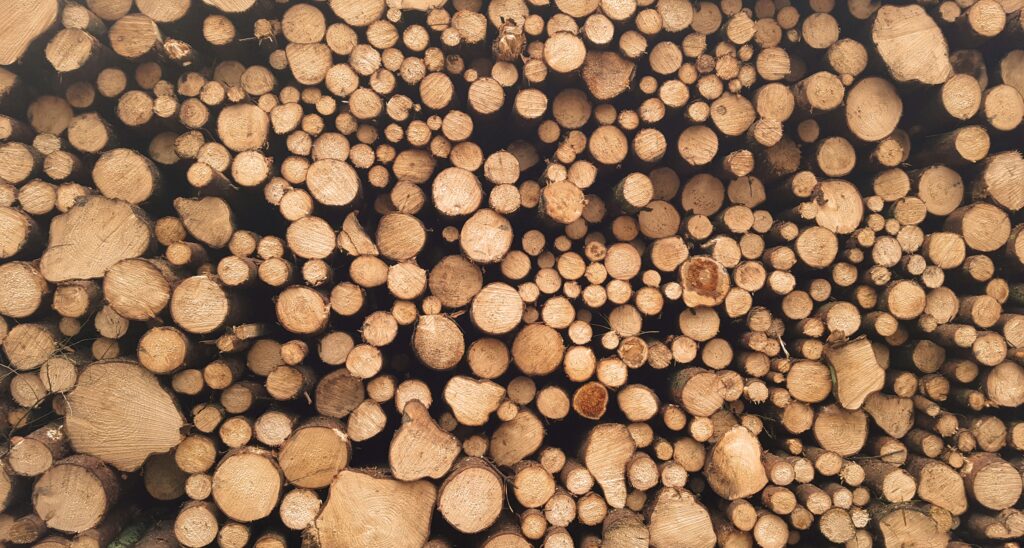

Softwood Logs:
- Sourced from coniferous trees like pine, cedar, fir, and spruce.
- Lighter and easier to work with, making them popular in construction, paper production, and general-purpose lumber.
Firewood Logs:
- Cut and seasoned wood logs used as fuel for heating or cooking.
- Typically hardwoods, as they burn longer and produce less smoke.


Industrial Logs:
- Logs processed for use in industries like paper mills, plywood production, or particleboard manufacturing.
Grading and Classification
Wood logs are often graded based on:
- Species: The type of tree determines characteristics like density, color, and workability.
- Size: Diameter and length are critical for specific applications.
- Quality: Logs are inspected for defects like knots, cracks, or disease.
- Usage:
- Veneer logs (for plywood)
- Saw logs (for lumber production)
- Pulp logs (for paper and fiberboard)
Applications
Construction:
- Logs are used for building log cabins, structural beams, and framing in homes and commercial buildings.


Furniture:
- High-quality logs are processed into boards for tables, chairs, and cabinets.
Fuel:
- Firewood logs and biomass fuel logs are common for residential heating.

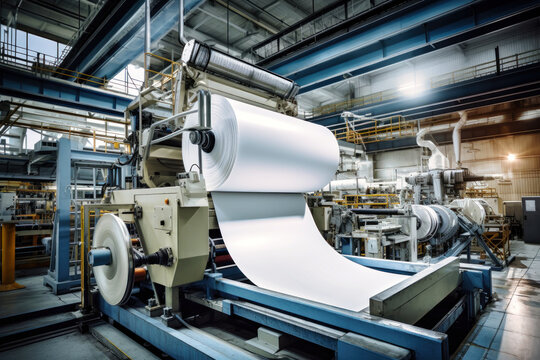
Paper Production:
- Pulpwood logs are processed to create paper and other cellulose-based products.
Landscaping and Decor:
- Logs are also used as aesthetic elements in gardens, parks, and rustic home designs.


Processing Stages:
- Felling: Trees are cut and trimmed of branches.
- Debarking: Logs are stripped of bark, often for industrial uses.
- Sawing: Logs are cut into specific dimensions for lumber or other products.
- Seasoning: Logs are dried to reduce moisture content, enhancing durability.
Sustainability:
- Certification: Logs sourced sustainably often carry certifications like FSC (Forest Stewardship Council) or PEFC (Programme for the Endorsement of Forest Certification).
- Reforestation: Responsible logging companies implement reforestation programs to balance timber extraction with ecological preservation.
If you need specific details or guidance on a particular type of log, industry, or application, feel free to ask!
Lumber and timber are terms often used interchangeably to refer to wood used for construction and other applications, but they can have distinct meanings depending on regional usage and context.


Lumber:
- Definition: Refers to processed wood that has been cut into planks, beams, or boards, ready for use in construction, furniture making, and other industries.
- Processing: Typically kiln-dried or air-dried to reduce moisture content, making it suitable for structural purposes.
- Applications:
- Construction (framing, flooring, decking)
- Furniture manufacturing
- Crafting and cabinetry
- Types:
- Dimensional Lumber: Standard-sized planks used in construction (e.g., 2×4, 2×6).
- Finished Lumber: Planed and smoothed for use in visible applications like paneling.
- Regional Usage:
- In North America, “lumber” usually refers to processed wood ready for use.
- Lumber codes are classification systems used globally and regionally to standardize and identify lumber based on its dimensions, grade, species, and intended use. Here’s an overview of common lumber coding systems:
Dimensional Lumber Codes:
- Nominal Dimensions vs. Actual Dimensions:
- Lumber is sold by its nominal dimensions (e.g., 2×4), but the actual dimensions are smaller due to processing.
- Example: A 2×4’s actual dimensions are 1.5 inches by 3.5 inches.
- Nominal Dimensions vs. Actual Dimensions:
Nominal Size (inches)
Actual Size (inches)
2×4
1.5 x 3.5
2×6
1.5 x 5.5
4×4
3.5 x 3.5


Lumber Grade Codes:
Lumber grades are codes assigned based on strength, appearance, and defects:
- Softwood Grades (used in construction):
- No. 1 Structural: High strength and good appearance.
- No. 2 Structural: Strong, with more defects like knots.
- Utility Grade: Suitable for non-structural applications.
- Hardwood Grades (used for furniture and flooring):
- FAS (First and Second): Best grade, minimal defects.
- Select: Slightly lower quality than FAS.
- No. 1 Common: More knots and defects but still usable.
- Softwood Grades (used in construction):
Standardized Codes for Structural Lumber:
- PS 20-15: U.S. standard for softwood lumber grading and identification.
- NLGA (National Lumber Grades Authority): Canadian standard for grading softwood lumber.
- ANSI/AWC NDS: National Design Specification for wood construction in the U.S.


International Lumber Trade Codes:
- HS Codes (Harmonized System): Used for customs and trade.
- 4407: Wood sawn or chipped lengthwise, sliced or peeled, thicker than 6 mm.
- 4409: Wood continuously shaped (e.g., flooring strips).
- Example Codes:
- 4407.11: Pine wood sawn or chipped lengthwise.
- 4407.12: Spruce wood.
- HS Codes (Harmonized System): Used for customs and trade.
Pressure-Treated Lumber Codes:
- Retention Codes: Indicate the amount of preservative retained in the wood.
- 0.25: Suitable for above-ground use.
- 0.40: Ground contact.
- 0.60: Marine or freshwater contact.
- Retention Codes: Indicate the amount of preservative retained in the wood.


Proprietary Codes:
Many manufacturers use proprietary codes for inventory, such as:
- SPF: Spruce-Pine-Fir lumber, a common softwood grouping.
- SYP: Southern Yellow Pine, widely used in the U.S.
Lumber Marking Codes:
- Stamps on lumber include:
- Grade Stamp: Shows the quality grade.
- Moisture Content:
- S-DRY: Surfaced dry (moisture content ≤19%).
- MC15: Moisture content ≤15%.
- Certification Agency: Identifies the grading organization (e.g., WCLIB, WWPA).
- Stamps on lumber include:
If you’re working with a specific type of lumber or need help interpreting a code, let me know!

Timber
- Definition:
- In general, timber refers to wood that is still in its raw, unprocessed form (logs) or minimally processed (squared for transport or basic use).
- In British English and other Commonwealth countries, “timber” is also used to mean processed wood (equivalent to “lumber” in North America).
- Processing:
- Can include raw logs, rough-sawn wood, or beams used in construction.
- Applications:
- Raw logs for milling
- Structural beams for large construction projects
- Flooring, framing, and decorative purposes
- Types:
- Standing Timber: Trees still growing and suitable for harvesting.
- Felled Timber: Trees that have been cut but not yet processed into lumber.
Differences Between Lumber and Timber:
Aspect | Lumber | Timber |
State | Processed and ready for use | Raw or minimally processed |
Usage | North America: Processed wood | UK/Commonwealth: Includes lumber |
Moisture | Dried (kiln or air) | Often retains natural moisture |
Application | Framing, furniture, construction | Raw logs, beams, or processed wood |
Sustainability:
Both timber and lumber industries have been focusing on sustainable practices:
- Certification: FSC (Forest Stewardship Council) and PEFC (Programme for the Endorsement of Forest Certification) ensure responsibly sourced wood.
- Carbon Sequestration: Wood products store carbon, making them an environmentally friendly material compared to concrete or steel when harvested sustainably.
Let me know if you’d like further details on specific types of wood, certifications, or processing methods
Top of Form
Timber codes are systems used to classify and identify timber based on factors such as species, grade, size, and intended use. These codes ensure consistency and standardization in timber trade, construction, and manufacturing. Here’s a detailed overview:

International Trade Codes:
- HS Codes (Harmonized System): Used globally for customs and trade purposes.
- 4403: Rough wood, whether stripped of bark or sapwood, or roughly squared.
- 4407: Sawn or chipped wood, more than 6 mm thick.
- 4409: Continuously shaped wood, including moldings and flooring.
- Examples:
- 4407.12: Spruce wood.
- 4407.19: Other coniferous wood.
Structural Timber Grading Codes:
- Machine Graded Timber (MGT): Uses mechanical testing to determine structural properties.
- Example: C24 is a commonly used structural grade in Europe, indicating a high-quality softwood suitable for load-bearing.
- Visual Graded Timber (VGT): Inspected visually for defects such as knots and grain orientation.
- Example Grades:
- SC3: Strength class for construction use.
- F7: Commonly used grade in Australia for structural purposes.
- Example Grades:


Regional Standards:
Europe
- EN 338: Defines strength classes for structural timber (e.g., C16, C24, C30 for softwood; D24, D30 for hardwood).
Australia and New Zealand
- AS/NZS 1748: Covers grading and classification of timber.
United States
- National Design Specification (NDS): Defines grading rules for structural timber.
- Southern Pine Inspection Bureau (SPIB): Manages grading for Southern Yellow Pine.
Canada
- CSA O86: Standard for engineering design in wood construction.
- NLGA (National Lumber Grades Authority): Responsible for grading softwood.
Certification and Sustainability Codes:
- FSC (Forest Stewardship Council): Certifies timber from sustainably managed forests.
- PEFC (Programme for the Endorsement of Forest Certification): Another global certification for sustainable timber.
- Stamps may include identifiers like:
- FSC 100%: Fully certified timber.
- FSC Mix: A blend of certified and non-certified materials.


Pressure-Treated Timber Codes:
- Retention Levels:
- H3: Suitable for outdoor, above-ground use.
- H4: Suitable for ground contact.
- H5: Suitable for use in contact with water or soil.
Industrial Use Codes:
- Pallet Wood:
- Timber for pallets often uses codes like ISPM 15 for heat-treated wood to prevent pest spread.
- Railway Sleepers:
- Codes often specify the type of wood and preservative treatment.


Timber Identification by Species:
Timber species are often identified by codes or abbreviations:
- SPF: Spruce-Pine-Fir (softwood group).
- SYP: Southern Yellow Pine.
- WD: Western Red Cedar.
Stamp Markings on Timber:
Timber often carries stamp markings that include:
- Grade Stamp: Indicates quality or structural grade (e.g., C24, F7).
- Moisture Content:
- KD: Kiln-dried.
- MC15: Moisture content ≤15%.
- Certification: Organization responsible for grading (e.g., FSC, PEFC).

These codes and systems are critical for ensuring that timber meets the necessary quality, strength, and sustainability requirements for its intended use. If you need more specific details on timber grades or standards in a particular region, let me know!
Highly effective solutions
Lorem ipsum dolor sit amet consectetur
adipiscing eli mattis sit phasellus mollis
sit aliquam sit nullam neque ultrices.

Solar Power
Lorem fusce orci enim scelerisque phasellus congue nibh atquam venenatis vel gravida elit enim aliquet hac duis
habitasse vitae posuere etiam consequat. Sit nibh risus
molestie nunc eu nibh ac adipiscing ultrices id elementum.Get startedLearn more
Mining Granite
Lorem fusce orci enim scelerisque phasellus congue nibh atquam venenatis vel gravida elit enim aliquet hac duis
habitasse vitae posuere etiam consequat. Sit nibh risus
molestie nunc eu nibh ac adipiscing ultrices id elementum.Get startedLearn more


Import & Export Business
Lorem fusce orci enim scelerisque phasellus congue nibh atquam venenatis vel gravida elit enim aliquet hac duis
habitasse vitae posuere etiam consequat. Sit nibh risus
molestie nunc eu nibh ac adipiscing ultrices id elementum.Get startedLearn more
Real Estate Business
Lorem fusce orci enim scelerisque phasellus congue nibh atquam venenatis vel gravida elit enim aliquet hac duis
habitasse vitae posuere etiam consequat. Sit nibh risus
molestie nunc eu nibh ac adipiscing ultrices id elementum.Get startedLearn more


Mineral inustry
Lorem fusce orci enim scelerisque phasellus congue nibh atquam venenatis vel gravida elit enim aliquet hac duis
habitasse vitae posuere etiam consequat. Sit nibh risus
molestie nunc eu nibh ac adipiscing ultrices id elementum.Get startedLearn more
Want some quotes?
Looking for pricing tailored to your needs? We've got you covered! Our plans start affordably, and we ensure the best value for your requirements. Click below or reach out for your personalized quote today!

